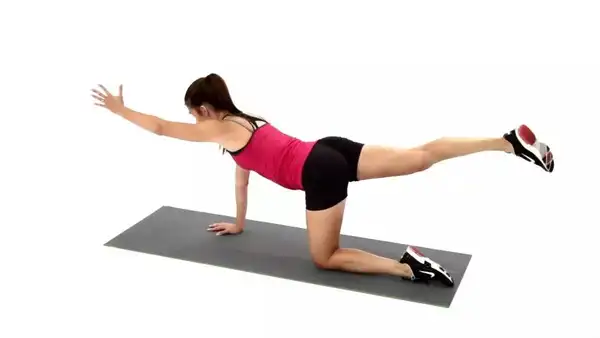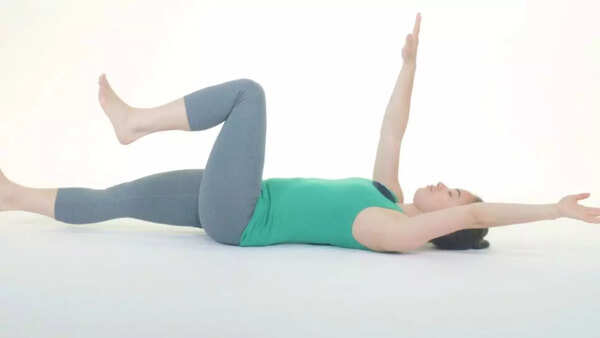Understanding and Easing Back Pain: Causes and Helpful Exercises
Back pain often begins as a slight discomfort. It might start after sitting at a desk for too long or during a workout. For many, it can become a serious issue. The World Health Organization says that 619 million people have lower back pain right now. This number could go up to 843 million by 2050. Back pain is the most common muscle and bone problem worldwide. It’s a leading cause of disability. It affects people of all ages, genders, and lifestyles. It impacts work, relationships, sleep, and daily activities.
How Modern Work Habits Hurt Your Back
Many things cause back pain. But modern lifestyles and poor posture are often ignored. Kacey Russell, a personal trainer, warns about sitting too long, slouching, or staying in one position. Poor posture is a big cause of back pain. A report by the Royal Society for Public Health found that nearly half of remote workers who use sofas or beds for work get muscle and bone problems.
Daily Posture and Back Pain

Exercise doesn’t always protect against back pain. Too much exercise or skipping steps like stretching can make things worse. Warming up and cooling down are important. They prevent muscle stiffness and injury. Runners, weightlifters, and endurance athletes may feel lower back tightness or soreness. This can happen if they don’t use proper technique or recovery routines.
Not all back pain is mechanical. Nerve conditions like sciatica, past injuries, or chronic stress can also cause it. Russell advises listening to your body. If pain doesn’t get better after a few weeks of rest or gets in the way of daily activities, see a doctor. Ignoring ongoing symptoms could lead to more serious issues.
Simple Exercises to Ease Lower Back Pain
If back pain is part of your daily life, low-impact exercises can help. They ease stiffness and restore movement. Russell recommends gentle movements. These support spinal health and flexibility. Here are some expert-approved exercises:
Glute Bridge

Follow these steps:
- Lie flat on your back.
- Bend your knees.
- Keep your feet hip-width apart.
- Press your feet into the floor.
- Lift your hips toward the ceiling.
- Squeeze your glutes.
- Hold for 10–15 seconds.
- Slowly lower.
- Repeat several times.
Bird Dog

Follow these steps:
- Begin on all fours.
- Extend your left leg behind you.
- Extend your right arm forward.
- Keep both limbs aligned with your body.
- Hold for 10–15 seconds.
- Switch sides.
Cat-Cow Stretch

Follow these steps:
- Start on all fours.
- Inhale and arch your back (cow pose).
- Lift your tailbone and gaze.
- Exhale and round your spine (cat pose).
- Tuck your chin.
- Repeat the flow for 15 seconds.
Dead Bug

Follow these steps:
- Lie on your back.
- Reach your arms upward.
- Bend your knees at 90 degrees.
- Slowly extend your left arm back.
- Extend your right leg forward.
- Hover just above the floor.
- Return to start.
- Alternate sides.
These exercises help strengthen your core, release tension, and improve posture. These are key to managing and preventing back discomfort.
Why Rest Isn’t Always Best for Lower Back Pain
The natural response to pain is often rest. But for lower back issues, doing nothing can make things worse. Movement like walking or swimming can help relax tight muscles. However, avoid high-impact workouts or heavy lifting without warming up. Sharp, sudden, or immobilizing pain should always be checked by a doctor.
Whether you’re a remote worker, a fitness lover, or someone noticing more stiffness each morning, your body might be sending a message. With 843 million people expected to have lower back pain by 2050, early awareness, intentional movement, and posture correction are crucial. By listening to your body and changing your habits, you can ease current discomfort and prevent chronic pain.



